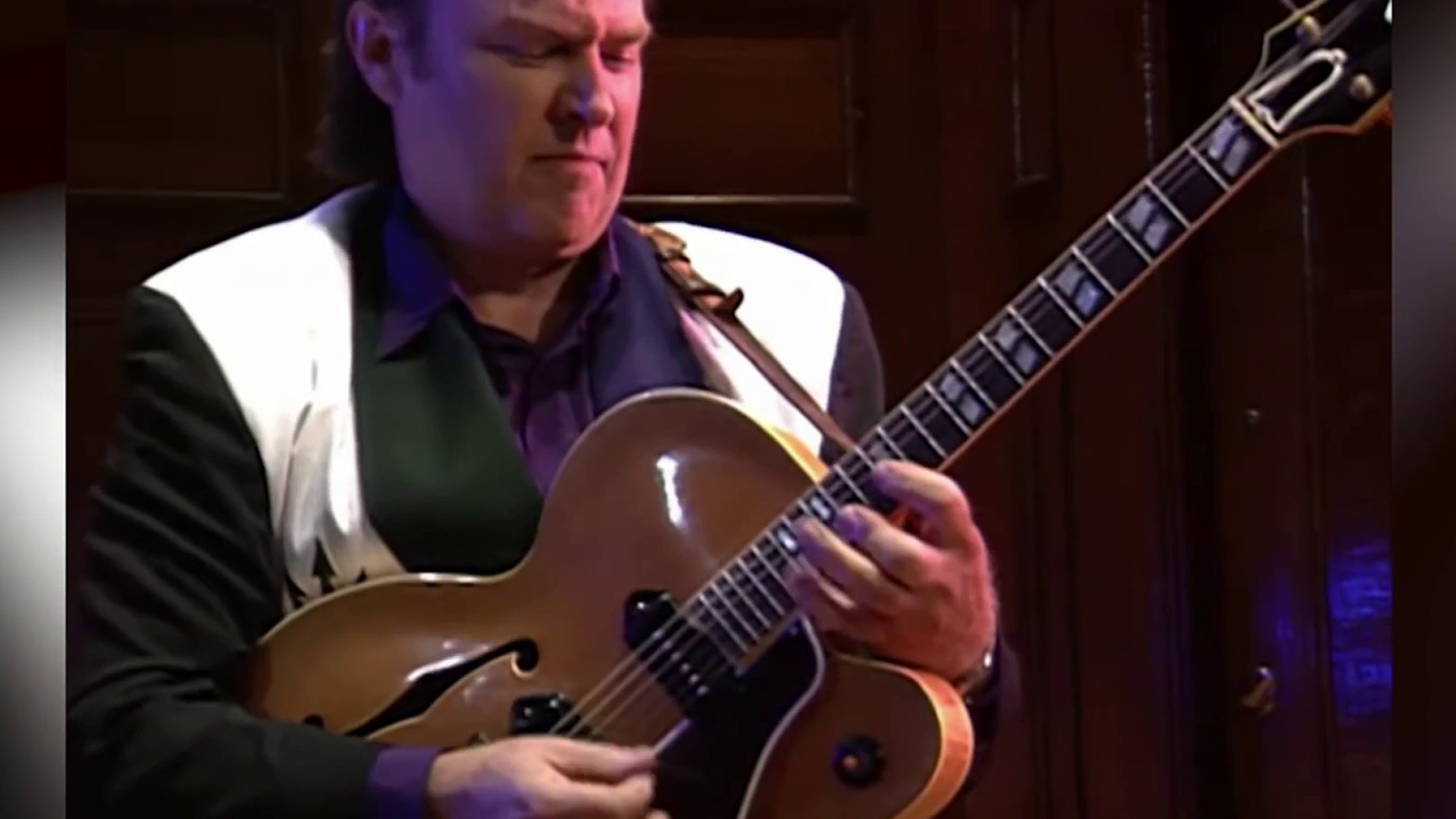How do you piece together the parts of a man capable of murder?
Some of the answers lie in the evidence collected in the case in the Montgomery County Police Department's Cold Case Evidence Room, where the Bishop investigation takes up more space, and more evidence boxes, than any other case.
Detective Brian Stafford pointed to a wall of boxes sitting on shelves. "It starts here and runs all the way back here," he said as he waves past two more walls, stretching from the floor to the ceiling, full of boxes.
Inside the boxes is evidence collected almost forty years ago: A men's suit from Raleigh's. A coat from Britches. A travel diary. Pajamas, toothpaste and shaving cream.
We're making it easier for you to find stories that matter with our new newsletter — The 4Front. Sign up here and get news that is important for you to your inbox.
"This is CSI 1976," Stafford said. "This is state of the art."
With five victims and three different crime scenes in Maryland, North Carolina and Tennessee, Stafford said detectives knew they had to carefully preserve hundreds of pieces of evidence.
That includes blood, hair and soil samples -- even carpet fibers from the home where the killings happened. "If you find fibers on the bodies, it might let you know what room they were in," Stafford said.
Local
Washington, D.C., Maryland and Virginia local news, events and information
To avoid contamination, each box is placed on a new piece of paper and handled with a new set of gloves before it is sliced open.
But the way the evidence has been handled in this case has changed over 40 years, as have the investigative techniques used. Today, "standards are just so much different," Stafford said. "We go with the standards today, not with the standards from yesterday."
Investigators no longer cut blood samples out of clothing, as they did in the Bishop case. They would never write in permanent ink on a nightgown or on a gas can, bought in Maryland and found partially burnt near a shovel, a pitchfork and the bodies in shallow grave in North Carolina.
Looking at the shovel, Stafford said, “It's charred, it kind of still smells a bit. You realize then what he really did. For whatever reason, killing them wasn't enough. He had to drag them 300 miles and try to burn them. That sort of brings it home more than anything."
Some of the evidence shows these were real people with real problems. Stafford pulls out Bishop’s prescription medicine for anxiety. "This gray-black powder that's on here, that's the all fingerprint dust," he said.

The orange bottles were found in Tennessee inside the family's abandoned station wagon, which was covered in fingerprints. Some fingerprints were captured on the rear-view mirror.
Stafford pointed to an empty spot on the mirror’s glass. “Someone probably put a piece of tape on it and lifted it off."
But as careful as investigators are, time is their enemy.
Stafford opened a shaving kit found inside the station wagon. Once black, it’s now almost grey in color. “The grey stuff on the outside of the shaving kit is actually mold from the way it was originally packaged," he said.
“I look at the technologies that we have today and compare them to what we had in 1976, which is the year I first became a police officer, and it's just night and day," says Montgomery County Police Chief Tom Manger. "Part of what our cold case folks do is make sure that the evidence we have from the Sixties and Seventies is preserved appropriately just in case we move forward with the prosecution.
"I am confident that the evidence we have is going to be ready for trial should we ever make the arrest in the case," Manger said.
The only item missing from the evidence room? The actual sledgehammer police think Bishop used to commit the murders. It’s never been recovered.
Instead, they have a copy of the receipt Bishop signed when he bought his sledgehammer at the Montgomery Mall Sears in Bethesda, Md., along with a similar sledgehammer the store gave to detectives in 1976.
Because, Detective Stafford says he will need all of the evidence -- big and small, old and new, pieced together -- to prove Bradford Bishop killed his entire family.



